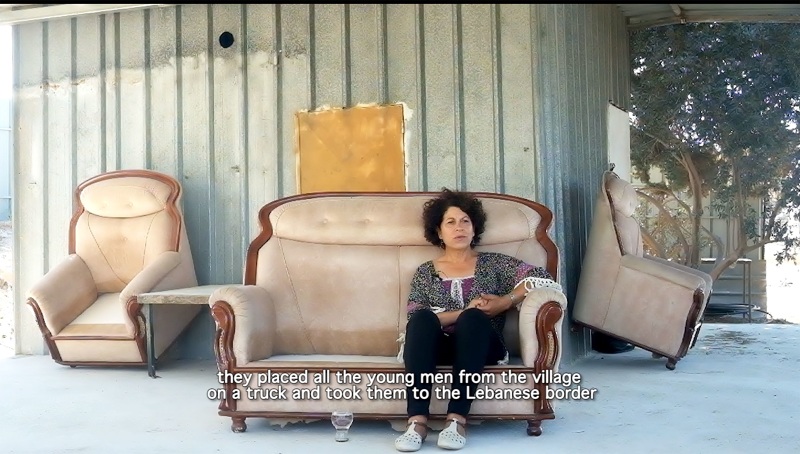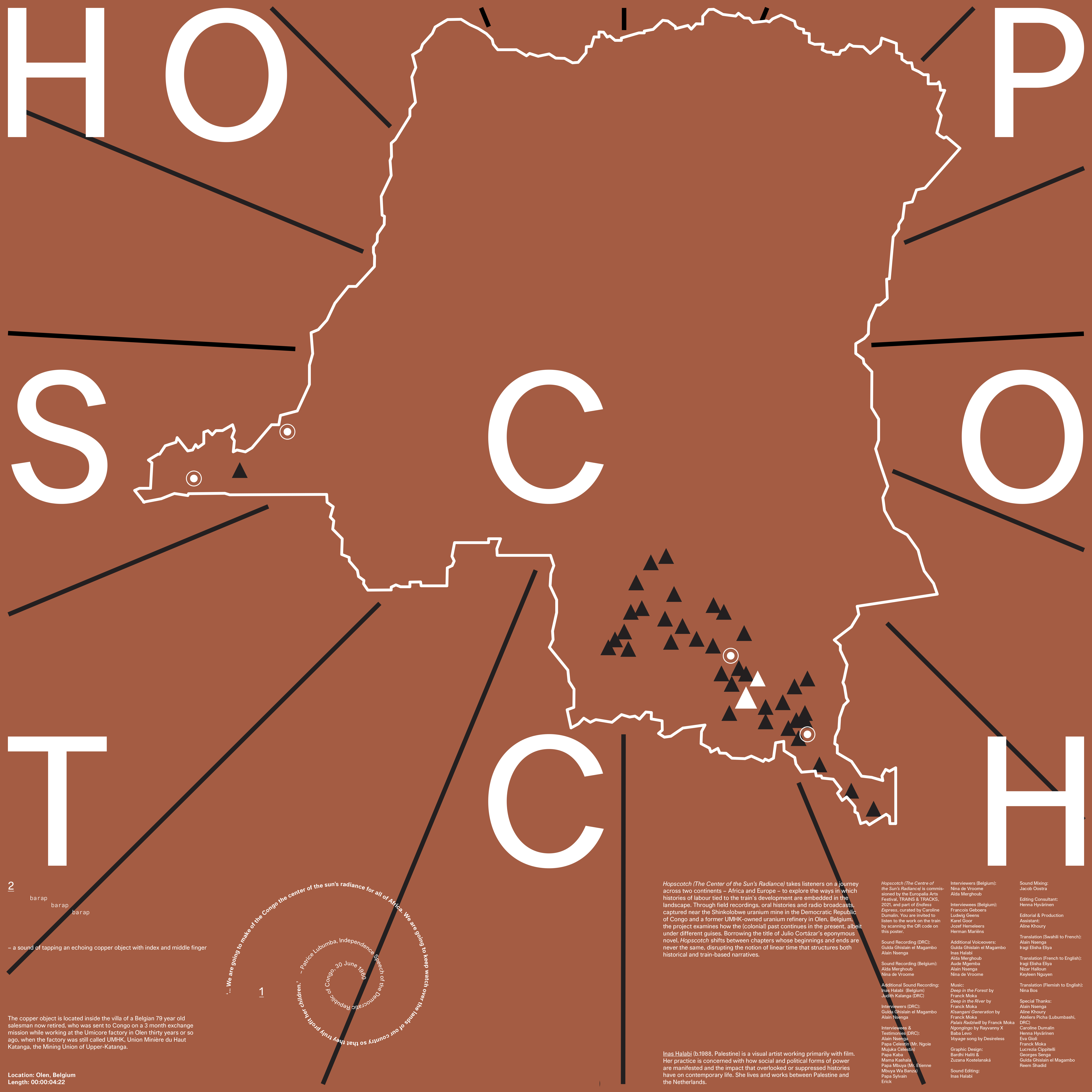WE NO LONGER PREFER MOUNTAINS
العودة إلى الوادي (2023)
WE NO LONGER PREFER MOUNTAINS takes place in the Druze town of Dalyet el Carmel, in northern Palestine, pulling the viewer into a surreal world of geographic isolation, shrouded mysticism and a locale shaped by co-optation, coercion, and control. Weaving together intimate engagements with members of the community, in shared domestic spaces and outdoor environments, the film sets out to explore how the inner politics of the Druze have been controlled and reshaped as a result of the establishment of Israel in 1948. The film is informed by the landscape theory (fûkeiron), a Japanese Avant Garde film movement in the 60s whereby the filmmakers posited that filming the everyday surroundings reveal the oppressive and repressively isolating landscapes and the powers at play.
supported through Mophradat’s Consortium Commission 2020-2022
with additional support from Mondriaan Fonds and AFK
with additional support from Mondriaan Fonds and AFK
HOPSCOTCH (THE CENTRE OF THE SUN’S RADIANCE)
Hopscotch (The Centre of the Sun’s Radiance) takes listeners on a journey across two continents- Africa and Europe- to explore the ways in which histories of labour tied to the train’s development are embedded in the landscape. Through field recordings, oral histories and radio broadcasts, captured near the Shinkolobwe uranium mine in the Democratic Republic of Congo and a former UMHK-owned uranium refinery in Olen, Belgium, the project examines how the (colonial) past continues in the present, albeit under different guises. Borrowing the title of Julio Cortázar’s eponymous novel, Hopscotch shifts between chapters whose beginnings and ends are never the same, disrupting the notion of linear time that structures both historical and train-based narratives.
‘… We are going to make of the Congo the center of the sun’s radiance for all of Africa. We are going to keep watch over the lands of our country so that they truly profit her children.’
- Patrice Lubumba, Independence Speech of the Democratic Republic of Congo, 30 June 1960
5.1 sound installation / 2.5 hours looped
Production: 2021
Production: 2021
We Have Always Known the Wind’s Direction
We Have Always Known the Wind’s Direction has an outward subject and an inward one. Via a gear-shifting combination of conversation, interview and expressive location footage, it probes the possible burial of nuclear waste in the South of the West Bank. But as the footage cycles between fragmented conversations with a nuclear physicist and landscapes that are uneasily underscored by what we hear (and sometimes tinted an ill-omened red), another context emerges. In various ways, the delivery of information is thwarted, withheld, or delayed , and the film comes to turn on issues of representation and conveyance. The isotope Cesium 137, invisible but deadly, could be seen as a synecdoche for a more ungraspable invisibility – the systemic networks of power and control in the region – and this work as a meditation on how to account for the un-filmable but inexorable.
video installation / 11:57 min, 2019



LIKE A STRING OF BEADS
Like a String of Beads focuses on the family story of nine siblings – aged between their 50s and 70s – in the village of Ibillin, northern Palestine, who were given animal names by their mother and who seem to have been protected by them: her previous six children died. Unpacking their histories, the film veers between collective agreement and divergence on what has happened to them. Carefully paced, it traces the rhythms of daily life in the household, the private accommodations of living and, more largely, survival, and traces magical or mythological aspects of the quotidian. The filming, meanwhile, moves between evoking intimacy and maintaining a respectful distance.
video installation / 27 min
Production: 2021
Production: 2021



MNEMOSYNE
The title of the work is borrowed from the Titan goddess of memory and the ‘inventress of language and words.’ The starting point for the project is a scar on the forehead of the artist’s grandfather. The scar was a result of a bullet shot in his direction by an Israeli soldier in the late 1940’s. Focusing on the sagas of myth and the construction of memory, members of the same family are filmed individually as they narrate their version of the same event. By scratching the surface of family history, the project explores the scar as a foundational hinge that arranges reality. The project also considers how one can play the role of a historian when the primary source is no longer there. ‘We do not remember. We rewrite memory much as history is rewritten.’ As such, recollection becomes an act of transformation rather than reproduction.

video installation, commissioned for the Young Artist of the Year Award, AM Qattan Foundation
Production: 2016-2017
![]()
Production: 2016-2017

